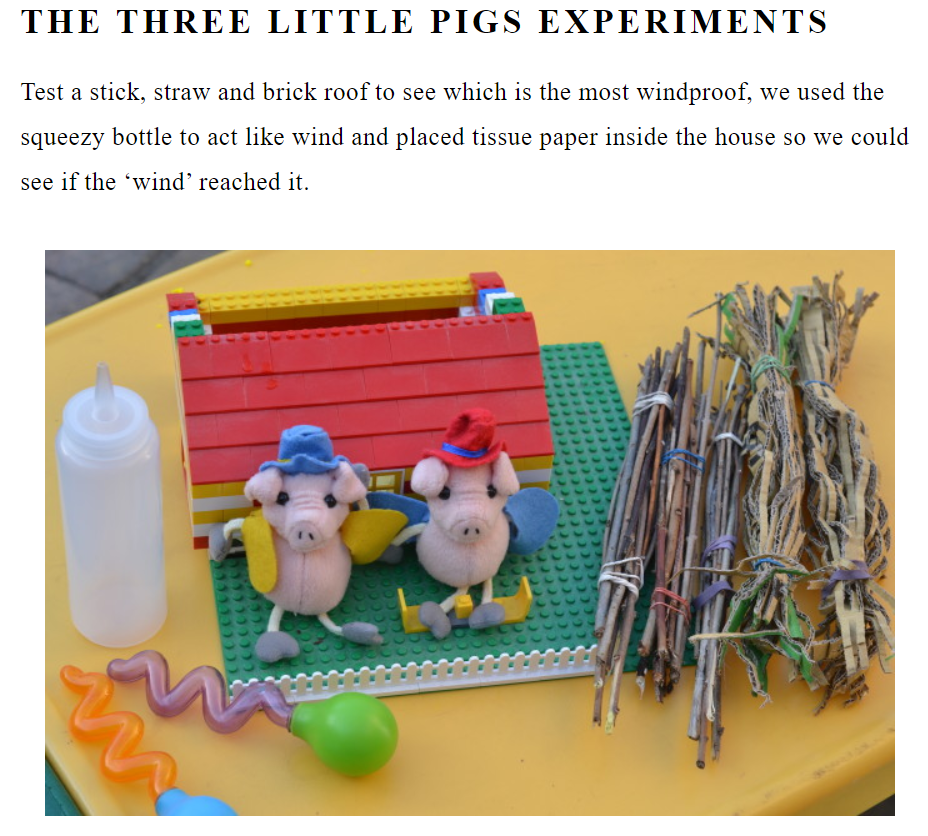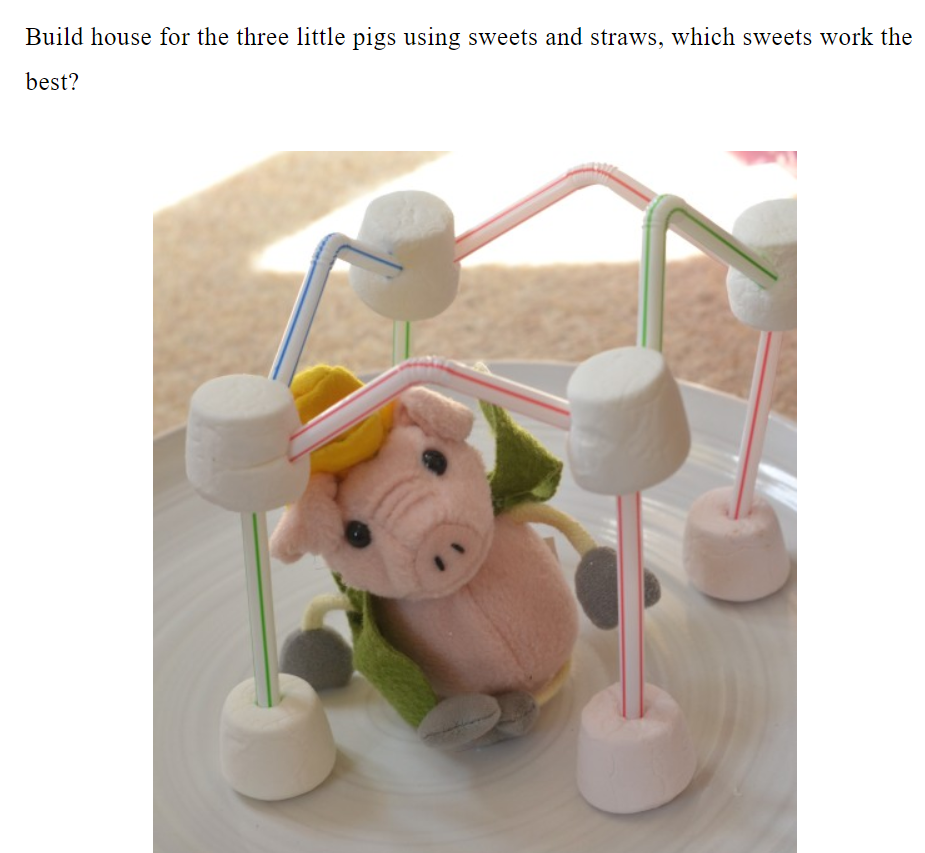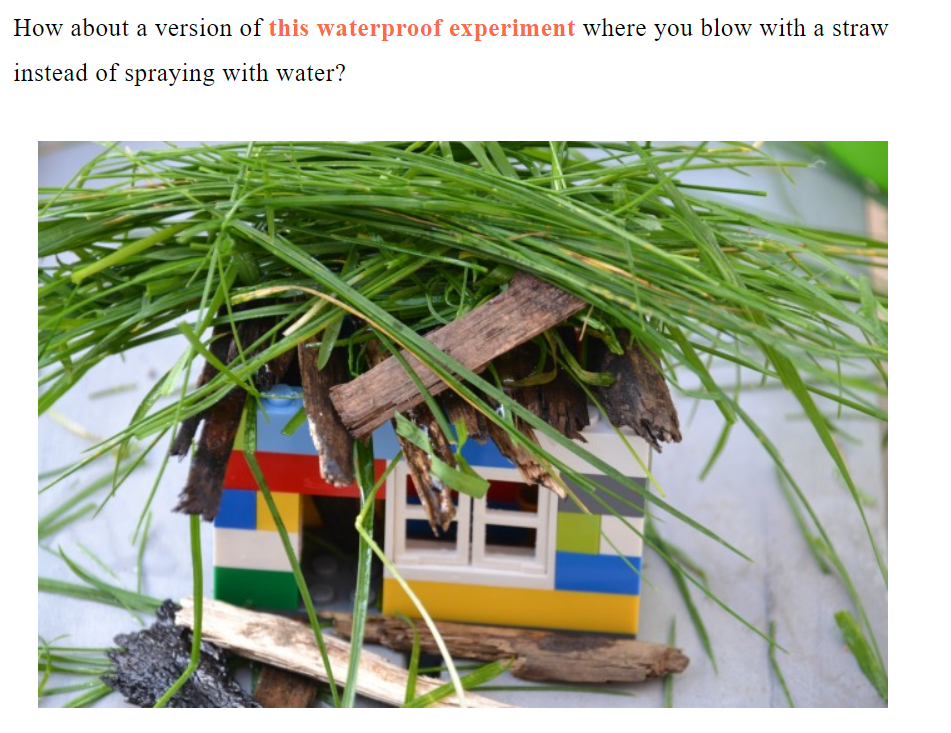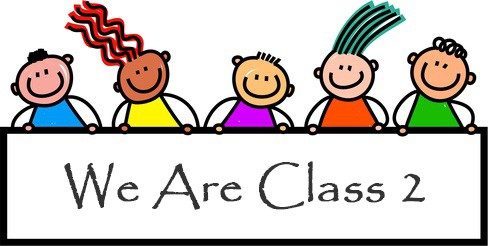Good morning everyone. I received lots of high quality work yesterday by email and on Seesaw. I loved seeing what you had done. I can’t wait to share some of it with you tomorrow. Meanwhile on with today.
Here’s the plan for today
English – Three little pigs – alternative viewpoint
Spelling – ‘or’ and ‘ar’ spelling activity
Maths – Oak Academy addition and subtraction
ICT – *** live lesson for parents and children from barefootcomputing.org ***
Science – How strong is your house? Properties of materials.
English – Yesterday all of you were very convinced that the wolf was the baddie in the story, but what if he was completely innocent? It is usually a good idea to consider different people’s points of view before making your mind up. Today I am going to read you a story called The True Story of the 3 Little Pigs! When you’ve listened to it, decide if you still think the wolf is in the wrong.
Your task today is to decide if the wolf is good or bad from the evidence you have read and listened to. In other words do you believe the pigs version of the story or the wolf’s? Compare both stories and see what difference there are. You will need to justify your opinion with some facts from the stories. There is a template on Seesaw that you can use or record as you did for yesterday’s task.
Spelling – A fun activity today which involves a little bit of adding up too. Can you find the value of each letter tile in the spelling words and see which has the highest score? No template on Seesaw today, just write them into your homework book as that will help with spelling practice too.
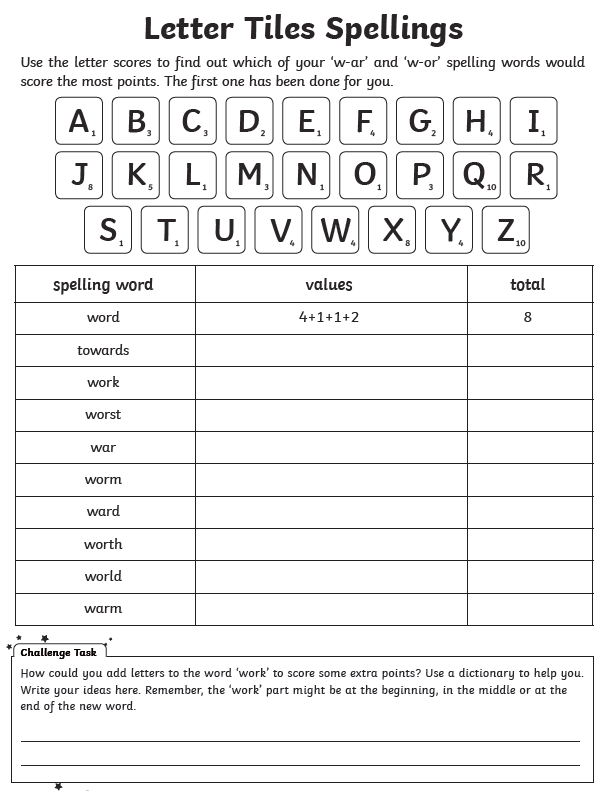
Maths – Our final lesson in this series, consolidating 2-digit addition and subtraction
and the exit quiz:
No template, record in your homework book and then try the exit quiz, you will just need pencil and paper and as ever, pause the video whenever you need to. Please get in touch if you find today’s work tricky so that I can offer additional support as we will be starting a new maths topic tomorrow.
Computing – Todays’ activity is completely optional. There is a live presentation video being offered by Barefootcomputing.org which will focus on ideas for computational thinking unplugged. That is to say, ideas for activities that develop key skills in computing such as logic and algorithms that are relevant to out curriculum, but involve the children completing activities away from the screen (hence unplugged). The session goes live at 1.30pm. I’m unsure if there will be a catch-up version later. it is suitable for both adults and children to watch. I am hoping to watch it and would be interested in your feedback. Click on the link below shortly before 1.30 to access
https://www.youtube.com/watch?v=pnxgN4zD_Rc&feature=youtu.be
Science – In our work today we are going to look at the story of the Three Little Pigs from another angle. Can you remember what each little pig built their house out of? That’s right, straw, sticks and bricks. Using your knowledge from previous weeks on the properties of materials which house would you expect to be the strongest and why? Really think about the advantages and disadvantages of each material. Here is a word bank to help you with your answer. Record your thoughts in your homework book neatly and make sure you take a clear, close-up photo of your work to upload to Seesaw.
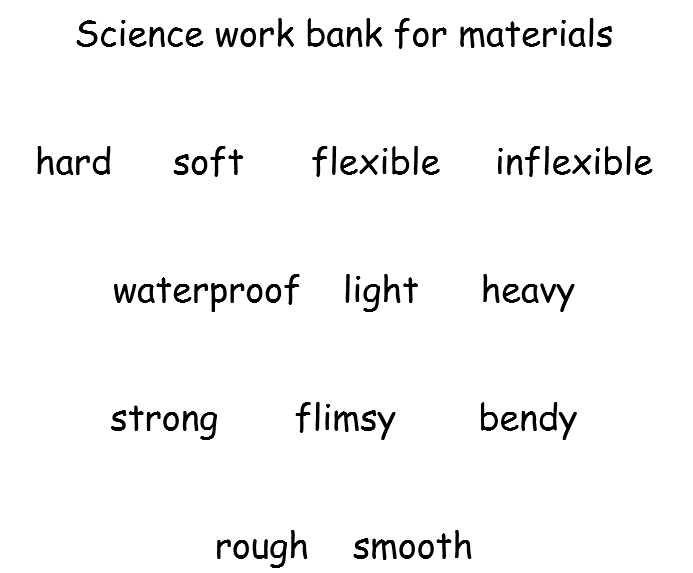
Now for some thing more practical. Try and build some houses for the three little pigs and test them out (you could carefully use a hair-dryer to see if they blow over.) Some of the items you might use are; straws, twigs, pencils (wood), wooden kebab skewers, K’nex pieces, paper rolled into tubes, sweets, plasticine, raisins or blu-tak but you can try anything you have in your house. I’m making mine out of Matchmaker chocolates and marshmallows so I can eat it afterwards! Here’s some ideas for different materials you could use and different investigations you could do. (You might sneak a look at the FS blog as I hear they have been learning about the Three Little Pigs too!)
